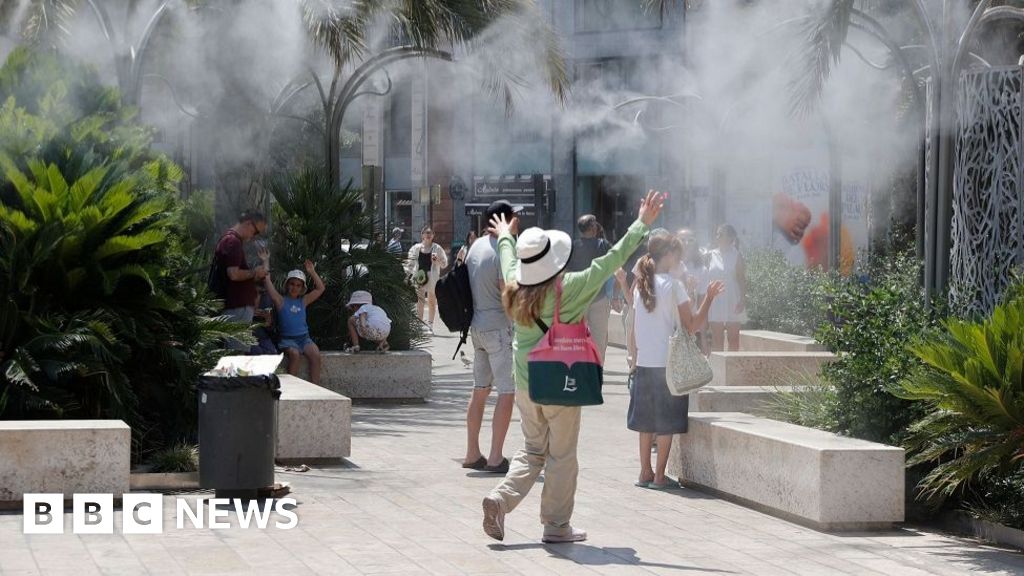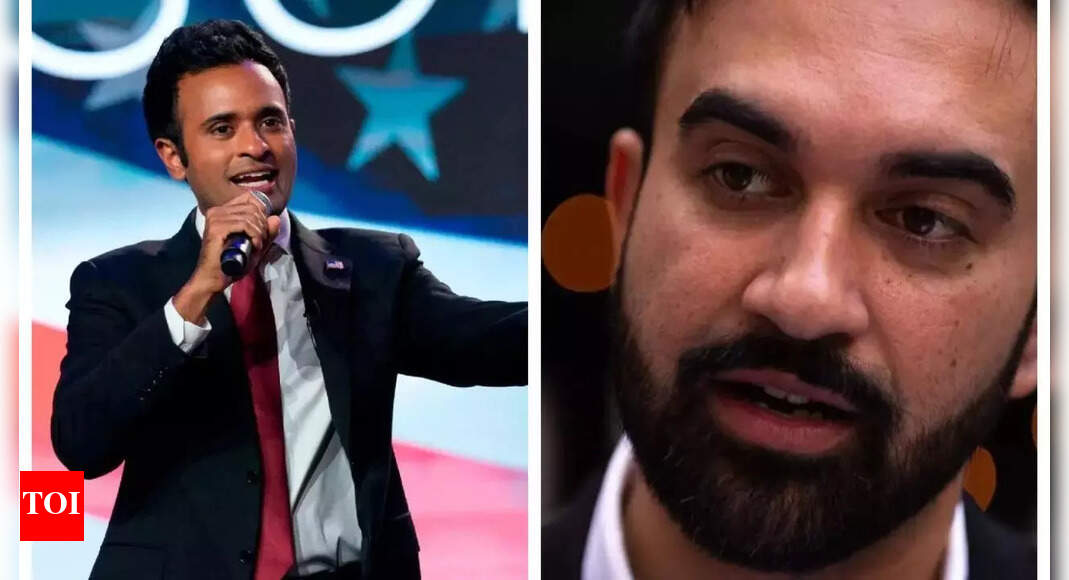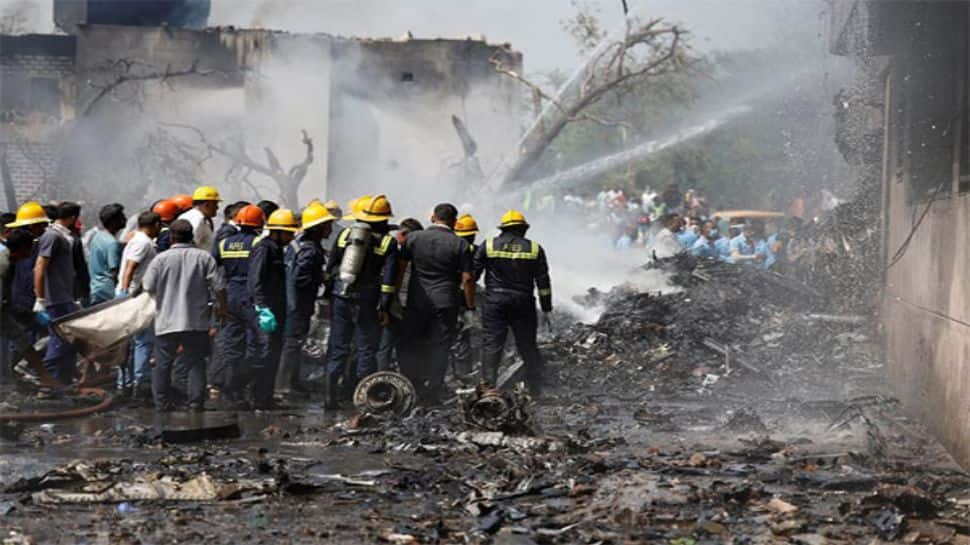Ahmedabad, New Delhi: When Air India Flight AI171 fell from the skies just moments after takeoff from Ahmedabad, the wreckage did not only raise questions about the safety of Boeing’s Dreamliner fleet. It fuelled a debate – what do grieving families actually receive when disaster strikes at 30,000 feet?
Onboard the ill-fated flight headed to London’s Gatwick were 242 souls – 230 passengers, 10 crew members and two pilots. Among them was Gujarat’s former Chief Minister Vijay Rupani. For Boeing, this marks the first time the Dreamliner has suffered a crash. But the company is no stranger to tragedy. Its 737 Max series has crashed multiple times, killing over 500 people between 2018 and 2024 – even after major design overhauls.
So, in the face of such devastation, what is the price of a life lost mid-air?
For international flights like AI171, compensation is governed by the Montreal Convention of 1999. India signed on years ago. Under this treaty, the families of deceased or injured passengers are entitled to up to 128,821 Special Drawing Rights – a complicated financial term that roughly works out to Rs 1.4 crore per passenger.
But here is where it gets important. If it is proven that the crash happened due to airline negligence – say, a technical fault ignored, improper maintenance or failure to follow safety procedures, then there is no upper limit. The compensation can skyrocket.
This payout is usually split between the airline and its insurance partner. But for families, no amount can fill the void.
Who pays the compensation – the airline or the insurance company? The short answer is both. In most cases, the airline is responsible for initiating compensation under international aviation laws. But the actual funds usually come from a combination of the airline and its insurance company. That is why major airlines are required to carry large-scale liability coverage.
There is also another layer – travel insurance. Passengers who opted for personal coverage can unlock additional payouts. These can range from Rs 25 lakh to Rs 1 crore for accidental death and up to Rs 10 lakh for permanent disability.
While the Montreal Convention specifically covers international routes, India’s Directorate General of Civil Aviation (DGCA) recommends that airlines apply similar compensation frameworks for domestic passengers as well. In recent years, many Indian carriers have voluntarily aligned with this approach, offering matching coverage to families of victims.
For some families, this insurance becomes the only financial cushion in the middle of emotional collapse.
As investigators dig through the charred remains of AI171, aviation analysts are already saying what many do not want to admit – this may have been a man-made disaster. A failure not of machines but of judgment, oversight and accountability.
Families are mourning. Legal teams are mobilising. And the question echoing through India’s airports and global aviation boards is this: Why was not this prevented? Because when a plane falls from the sky, it is not only metal that hits the ground, it is also the trust.









